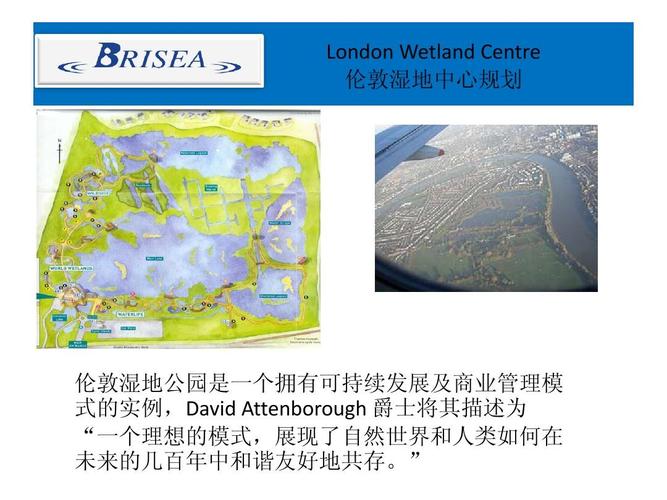Wetlands, also known as swamps, marshes and bogs, are areas of land saturated with water. They come in a variety of shapes and sizes and can be found on all continents except Antarctica. Wetlands are incredibly diverse ecosystems, home to a variety of plants and animals and providing a number of environmental services such as water filtering and flood prevention.
Wetlands have been around for thousands of years, but their importance has only recently been recognized. In 1971, an international convention was convened to highlight their importance, and since then wetland conservation has been at the forefront of conservation efforts. There is now a global emphasis on conserving wetlands, which is helping to protect these important habitats.
Wetlands provide a number of essential ecosystem services. They act as natural filters, cleaning the water that flows through them before it reaches other bodies of water. This helps to reduce water pollution and protect aquatic life from contaminants. Wetlands also act as natural sponges, storing and slowly releasing large amounts of water into the environment. This helps to regulate water levels in rivers and streams and prevents flooding during periods of heavy rainfall.
Wetlands are also important habitats for local wildlife. Many species of birds, amphibians, reptiles, fish and invertebrates rely on wetlands to survive. They provide key sources of food, shelter and breeding grounds and are essential for the survival of many species.
Despite their importance, wetlands are being destroyed at an alarming rate. Human activities such as draining, dredging, filling and developing are destroying these vital ecosystems. Pollution is another major threat, as contaminants can enter wetlands and poison the plants and animals that live there.
It is essential that we protect existing wetlands and restore those that have been lost or destroyed. We must limit our impact on these fragile ecosystems and take measures to ensure their continued health. For example, the use of non-toxic fertilizers and pesticides and the protection of streambanks and shorelines can help support and improve wetland habitats.
In conclusion, wetlands are incredibly important ecosystems that provide many essential services to both humans and wildlife. They are being threatened by human activities and must be protected if we are to ensure their sustainability for future generations. Conservation efforts must focus on both preserving existing wetlands and restoring those that have been damaged in order to protect and enhance these vital habitats.
原创文章,作者:公式牌,如若转载,请注明出处:http://m.manqiuny.com/show_9929.html


